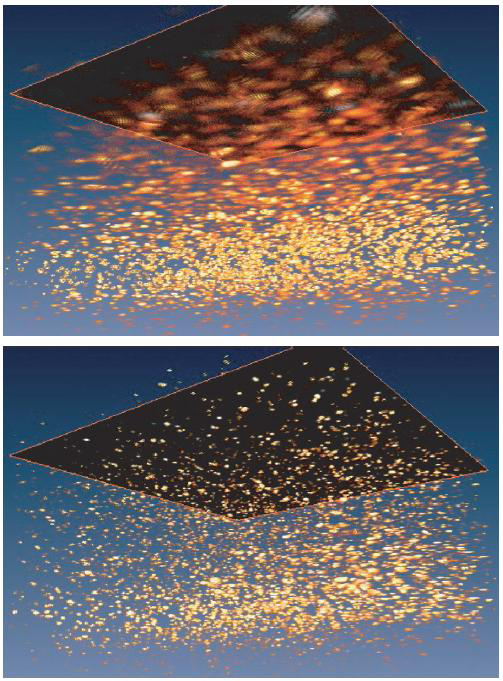 KM3NeT: Most Energetic Neutrino In The Universe Detected
KM3NeT: Most Energetic Neutrino In The Universe Detected The Kilometre Cubic Neutrino Telescope (KM3NeT) collaboration has reported detection of ...
 Birth Control Pill: Less Ovulation Linked To Less Ovarian Cancer
Birth Control Pill: Less Ovulation Linked To Less Ovarian CancerA new Artificial Intelligence analysis of data of ovarian cancer patients links birth control...
 Marijuana's Impact On Working Memory Revealed In Brain Scans
Marijuana's Impact On Working Memory Revealed In Brain ScansA new study examined the effects of marijuana use of 1,003 adults aged 22 to 36 from the Human...
 Cardiac Medication Digoxin Off Label Reduces Risk Of Breast Cancer Metastases
Cardiac Medication Digoxin Off Label Reduces Risk Of Breast Cancer MetastasesWhile off-label uses of medication may be controversial in political media, in science and health...














